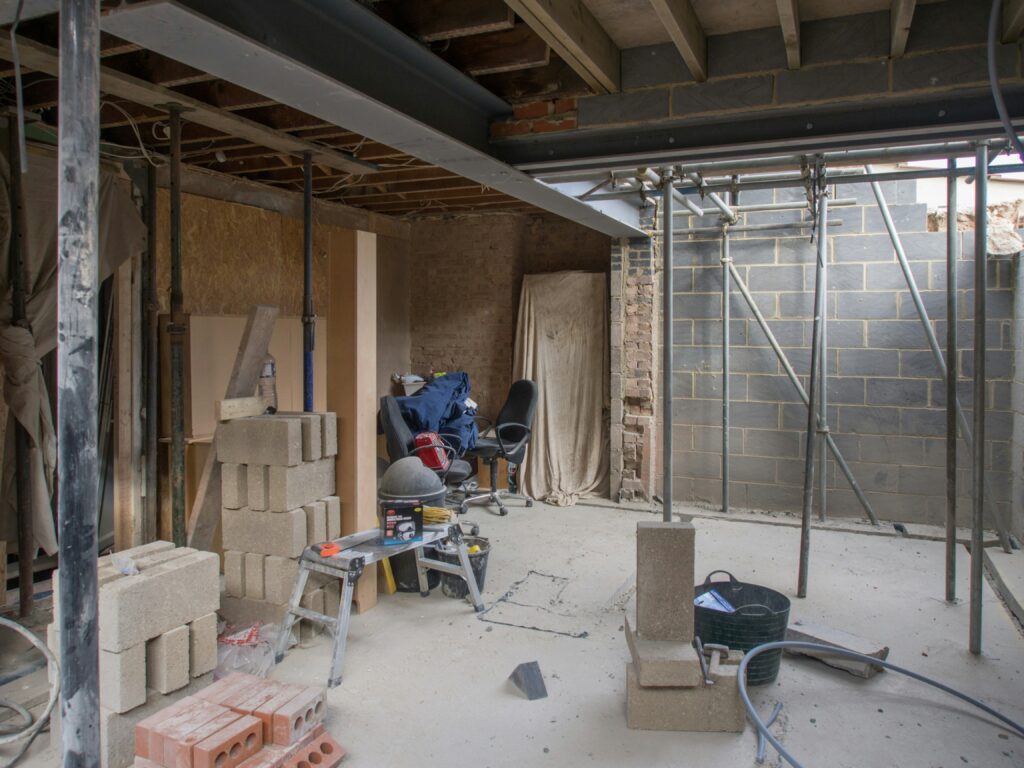Understanding Confined Spaces – Not Just Tight Areas
Understanding Confined Spaces and Their Risks
When people think of confined spaces, they often imagine small, cramped areas like crawlspaces or ducts. However, according to Health, Safety, and Environmental (HSE) confined space regulations, the definition is much broader and applies to any enclosed or partially enclosed area that:
Is large enough for a worker to enter and perform work
Has restricted entry or exit points, often making it difficult to leave quickly in an emergency
Is not designed for continuous human occupancy, meaning it’s typically not meant to house workers for long durations
Examples of confined spaces include tanks, silos, sewers, underground vaults, pipelines, boilers, and tunnels. Confined spaces can also include pits, vats, ducts, shafts, and other areas that pose similar risks, even if they seem large enough at first glance. Each confined space presents unique challenges and dangers that need to be properly addressed through safety measures and regulations.
Why Confined Spaces Are High Risk
Confined space hazards are often invisible and unpredictable, which makes them especially dangerous. Unlike other workplace hazards, the risks associated with confined spaces can arise without warning and can be difficult to detect. Workers may face the following dangerous conditions:
Toxic Gas Exposure
Confined spaces can trap toxic gases such as hydrogen sulfide (H2S), carbon monoxide (CO), ammonia, and methane. These gases may be produced by decaying materials, chemical reactions, or other industrial processes. Often, toxic gases are odorless, colorless, and invisible, making it difficult to detect them without proper air testing. Exposure can lead to severe health issues such as respiratory failure, poisoning, or even death.Oxygen Deficiency
Oxygen levels in confined spaces can drop due to chemical reactions, rusting metal, or gas displacement by other gases like nitrogen or carbon dioxide. When oxygen levels fall below the safe threshold (typically 19.5%), workers are at risk of becoming disoriented, losing consciousness, and suffocating. Oxygen deficiency is one of the most critical hazards in confined spaces, and it can go unnoticed without proper air quality monitoring.Engulfment Hazards
In certain confined spaces, materials like grain, sand, sludge, or liquids can suddenly shift, causing workers to be buried or trapped. This type of hazard is particularly common in silos, storage tanks, or grain bins. Engulfment can happen quickly and without warning, leading to suffocation or crushing injuries.Limited Rescue Access in Emergencies
In the event of an emergency, confined spaces present a major challenge for rescue operations. Due to narrow entry and exit points, and restricted space for movement, it is difficult for rescue teams to reach workers in time. In some cases, a worker may lose consciousness before help can arrive, and it may be nearly impossible to extract them quickly without specialized equipment and preparation.
Best Safety Practices for Confined Space Entry
To minimize the risks associated with confined space entry, organizations must follow strict safety practices. The following best practices are critical to ensuring that workers are protected:
Conduct a Confined Space Risk Assessment Before Entry
Before any work begins, a thorough risk assessment should be conducted. This involves identifying potential hazards, assessing the work environment, and determining what protective measures need to be in place. The assessment should also include an evaluation of the atmospheric conditions, such as oxygen levels and the presence of harmful gases.Test the Atmosphere for Oxygen Levels, Flammable Gases, and Toxins
Air testing is one of the most crucial steps in confined space safety. Prior to entry, the atmosphere inside the confined space should be tested for oxygen concentration, flammable gases, and toxic substances. Continuous air monitoring should be conducted during the work to ensure that the atmosphere remains safe.Ensure Confined Space Ventilation is Active at All Times
Proper ventilation is key to maintaining breathable air quality in confined spaces. Ventilation systems should be active before, during, and after entry. This will help remove harmful gases, supply fresh air, and maintain safe oxygen levels. In some cases, forced air systems may be necessary to provide adequate airflow.Implement a Permit-to-Work System to Control Entry
A Permit-to-Work (PTW) system should be implemented to control access to confined spaces. The PTW system is a formal document that outlines the safety measures in place, identifies authorized personnel, and details the work to be performed. It ensures that only trained and authorized workers are allowed to enter confined spaces and that all safety checks are completed beforehand.Train Workers in Confined Space Rescue Procedures
Rescue training is an essential component of confined space safety. Workers should be trained in both recognizing potential hazards and following proper rescue procedures in the event of an emergency. A rescue team should be available at all times, equipped with the necessary tools and knowledge to carry out an emergency evacuation if needed.
Bottom Line: Treat Confined Space Entry as a High-Risk Activity
Confined space entry should never be treated as routine. Although workers may enter confined spaces as part of their regular duties, each entry should be carefully planned and executed with the utmost attention to safety. Following strict HSE confined space procedures is the only way to prevent accidents, protect workers, and save lives. By implementing proper safety measures such as risk assessments, gas testing, ventilation, PTW systems, and rescue planning, organizations can mitigate the risks associated with confined spaces and maintain a safe working environment.


